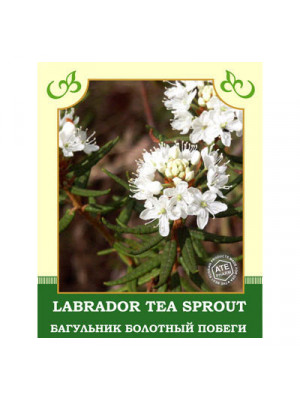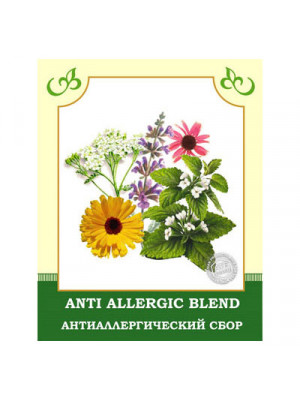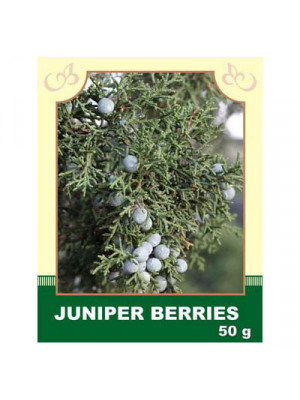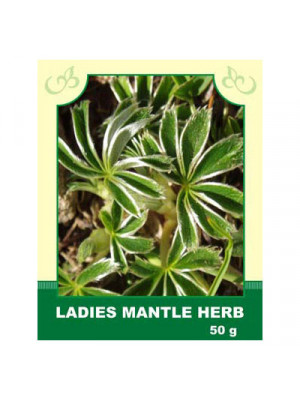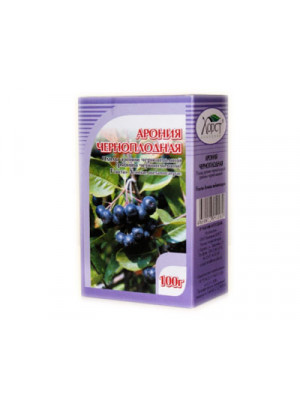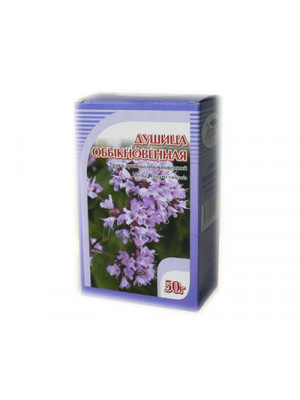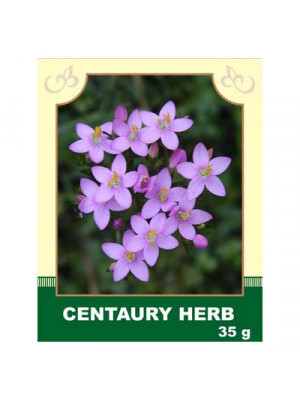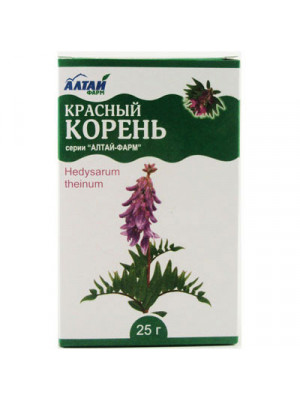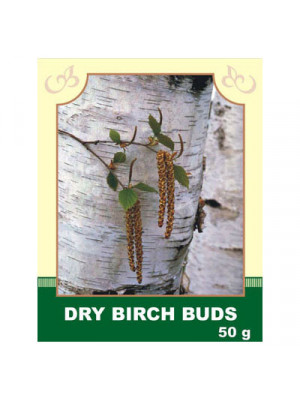Dry Herbs & Berries
If you like to use a lot of dry herbs and berries to create teas, wellness pads and an assortment of other items for well-being, our dry herbs and berries can provide you with a quick way to do it on your own. Each packet contains the herbs or berries of your choice that were freshly grown, chopped up and dried to perfection. Every herb and berries packet is 100% natural, with no artificial preservatives or added fillers. You're able to create a tasty blend with all that is provided from our large selection.
Description. The properies of Labrador Herb are analgesic, blood purifier, diaphoretic, diuretic, narcotic, pectoral, poultice, salve, tonic. The herb yields its virtues to hot water or to alcohol. It is useful in coughs, dyspepsia, and irritation of the membranes of the chest. An infusion has been used to soothe irritation in infectious, feverish eruptions, in dysentery, leprosy, itch, etc. The strong decoction, as a wash, will kill lice. The leaves are also used in malignant and inflamed sore throat. Use. In modern herbalism it is occasionally used externally to treat a range of skin problems. A tea is taken internally in the treatment of headaches, asthma, colds, stomach aches, kidney ailments etc. Externally, it is used as a wash for burns, ulcers, itches, chapped skin, stings, dandruff etc. An ointment made from the powdered leaves or roots has been used to treat ulcers, cracked nipples, burns and scalds. The plant is apparently a mild narcotic, it was taken by Indian women three times daily shortly before giving birth. You should be very careful about internal use of Labrador herb. The by-effects are irritability, dizziness, high excitability; and large doses may cause central nervous system depression.
Attention! Before using any herbal products, make sure that you have full knowledge of how the herb works and any adverse reaction it may cause.$6.99- Contains: Geranium, Yarrow, Calendula, Sage, Lemon balm, Aealfa, Echinacea. This blend is antiseptic, anti-inflammatory, sedative, expectorant and antimicrobial. Uses: food allergy, pets and dust allergy, cold allergy, nettle-rash, hay fever. The blend also helps in purifying blood and removing toxins.
Warning! Before using any herbal products, make sure that you have full knowledge of how the herb works and any adverse reaction it may cause. For more detailed information about each herb see Herbs section.$6.99 Internal use:
Take it internally for bronchitis, tracheitis, laryngitis; neuralgia, rheumatism, gout; gastroenteritis; chronic pyelitis, cystitis, and in the treatment of gallstone disease.
Application and dosage: Pour 1 tablespoon of dried fruits with 200 ml of boiling water, boil in a water bath for 15 minutes. Infuse for 45 minutes at room temperature, strain, squeezing out the remaining raw material. The finished infusion is brought to the original volume with boiled water and taken 1 tablespoon 3-4 times a day after meals.
External use:
Externally used in gynecology for douching with colpitis and bacterial vaginosis in women, as well as in the form of baths for the treatment of neuralgia, rheumatism, gout, scabies, and eczema. For baths: pour 100-200 g of dried fruits or young shoots with 1 liter of water, boil for 5 minutes, infuse until cooled, strain, and pour into the bath. For douching: pour 20 g of dried fruits with 1 liter of boiling water, boil for 5 minutes, strain, cool, and use as directed.
Contraindications: Individual intolerance, in case of acute kidney inflammation, and during pregnancy. Consult a specialist before use.
$6.99Taken internally:
It is used for the treatment of the following conditions:
- Acute and chronic bronchitis;
- Chronic gastritis with secretory insufficiency;
- Colitis;
- Enteritis;
- Diarrhea;
- Edema of renal and cardiac origin;
- Chronic pyelonephritis;
- Cystitis;
- Internal bleeding;
- Stomach indigestion;
- Intestinal bloating.
For diabetes, it helps maintain a stable normal blood sugar level without the use of any medicinal drugs.
Method of application and dosage: Infuse 2 teaspoons of dried, crushed herbs in 1 cup of boiling water, let it steep for 4 hours, strain. Take the infusion in amounts of 1/2 cup 2-4 times a day before meals. Consume for 2 months, then take a 10-day break.
External use:
- In gynecology for leucorrhea;
- For nasal congestion;
- For nosebleeds.
Contraindications: Individual intolerance.
$6.99- It is used in hypertension, atherosclerosis, diseases of the kidneys (glomerulonephritis), diabetes mellitus, hemorrhagic diathesis, kapillyarotoksikozah, radiation sickness. The fruits of chokeberry Aronia have hypotensive action. Aronia strengthens blood vessel walls. The leaves contain substances that improve liver function, promote education and the outflow of bile.$7.99
- Oregano herb contains volatile oils, tannins, ascorbic acid. Oregano is usually thought of as a culinary herb, but it has been used medicinally for thousands of years. Oregano is a powerful antiseptic; it also has calming, diuretic, cholagogic properties.$6.99
- The properties of Marshmallow are anti-inflammatory and coating. Marshmallow also helps to boost the immunity at cellular level. Marshmallow is used internally to treat inflammation and ulceration of the digestive tract, oral and pharyngeal mucosa with associated dry cough. It relieves irritation of the mucus membranes of the mouth, throat and gastrointestinal tract and helps with respiratory complaints including bronchitis and asthma. The polysaccharides form a protective film over inflamed and irritated mucosal tissue. Marsh Mallow Root is often used for eyes inflammations as a wash.$6.99
Description. Centuary is considered to be one of the most useful bitter herbs. It acts on kidneys and liver, purifies the blood, strengthens digestive function, increases stomach secretions to assist with the breakdown of food, stimulates the appetite, and increases bile production. The whole herb is an appetizer, aromatic, bitter, cholagogue, diaphoretic, digestive, emetic, febrifuge, hepatic, homeopathic, poultice, stomachic, tonic, liver stimulant, and mild nervine. Centuary contains secoiridoids, alkaloids, phenolic acids, triterpenes, xanthone derivatives, phenolic acids, nicotinic acid compounds, traces of essential oil, oleanolic acid, triterpenes. Use. Centuary is used for high blood pressure and for the gall bladder and liver. In folk medicine, Centaury is employed to strengthen the bladder and prevent bed wetting, for constipation, colic, anemia, gas, heartburn, delayed menses, to lose weight, to destroy head lice, for gout, and for digestion. Centaury was considered a panacea, and was recommended for virtually any medical condition or disorder. Centaury is most commonly used when a digestive or gastric stimulant is needed and it is also utilized for heartburn, delayed menstruation, appetite loss and anorexia when liver weakness is involved, anemia, colic, cramps, constipation, metabolic disorders, diabetes, intestinal worms, kidney problems, jaundice, hepatitis, gallbladder and liver disease, heartburn, rheumatism, gout, to reduce fevers, and as a blood cleanser, a gentle laxative, and to lose weight.
Attention! Before using any herbal products, make sure that you have full knowledge of how the herb works and any adverse reaction it may cause.$6.99- Red root supports the urinary tract in inflammation of the prostate and prostate adenoma. Improves blood circulation and decongests in the prostate. Restored male sexual activity, solves the problem of impotence. It strengthens and restores the capillary walls, remove heavy metals and neutralizes free radicals. Therefore, red root used in the treatment and prevention of diseases such as tumors, leukemia, prostate, fibroids, infertility.$8.99
Internally, birch kidneys are used in the form of infusions as a diuretic, most effective for edema of cardiac origin. The infusion of birch kidneys also has a choleretic effect, and it helps with stomach spasms, insomnia, fatigue, and the severe course of menopause.
Method of application and dosage: Decoction - 10 g of kidneys are boiled in 200-250 ml of water for half an hour, and after cooling, the decoction is strained. Take the decoction 3 or 4 times a day, 1/4 cup each time. Tincture: 10 g of kidneys are poured with 100 ml of vodka, infused for one to two weeks in a dark place, and then strained. Internally, take the tincture in 30-40 drops several times a day, or use externally for rubbing.
Externally, for baths, compresses, and steaming in rheumatism, gout, joint pain, and acne.
Contraindications: Individual intolerance, during pregnancy, in inflammatory kidney diseases.
$9.99


